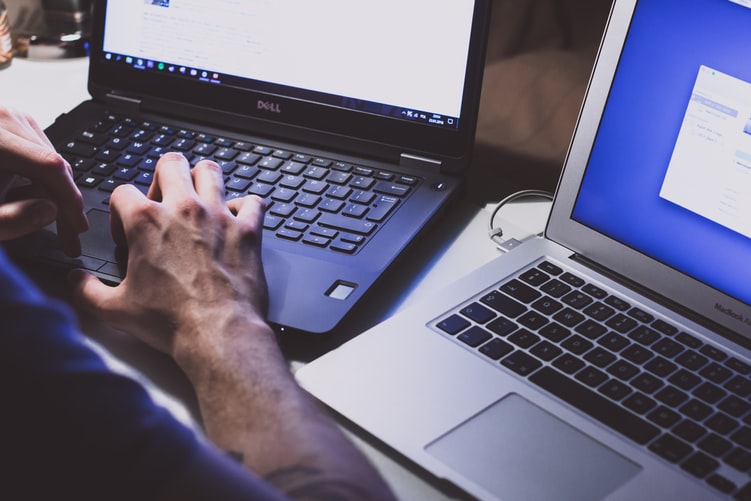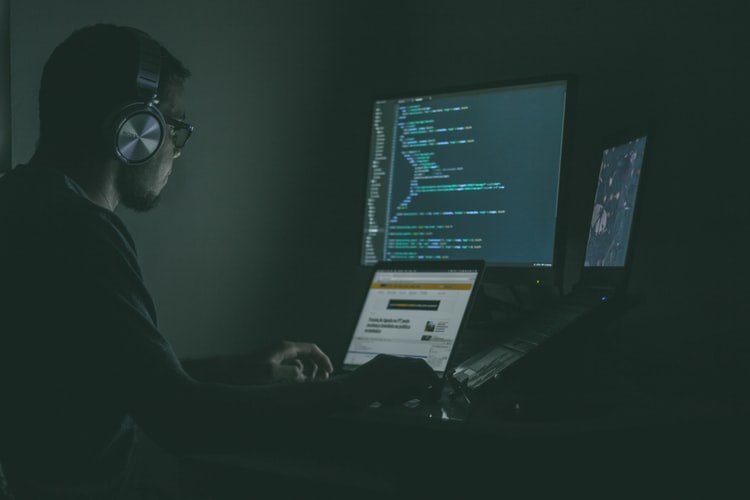In an increasingly technological society where data flows literally everywhere, it’s safe to say that we’re at the forefront of a global revolution. Everything is becoming digitized, including our lifestyle and how we approach various business processes such as work.
Unfortunately, this development has been used as leverage for opportunists to take advantage of the situation. This makes cybersecurity threats increasingly common.
Here, we’ll be unraveling the top threats to look out for so that you can save yourself the hassle of dealing with this growing issue.
Cloud Data

The sad thing with this is that it isn’t just you who has direct access to your data stored in the cloud. First off, is the host that’s vulnerable to attacks.
Hackers have a good chance of breaching into the host’s cloud network, especially that they’re becoming better equipped with today’s techniques, resources, and hi-tech gadgets.
This is a very serious issue that puts the life of businesses at stake especially if they become unable to access their data stored in the cloud as what happens in Denial of Service (DoS) attacks.
Cloud technology might be improving by the day, but there’s still that risk factor involved that everyone needs to consider. A good solution to this is to have multiple backups of your data in different cloud hosts.
Ransomware

You are simply denied access to anything that holds value to you unless you pay the hacker a ransom.
According to statistics, 60% of small businesses become bankrupt due to ransomware attacks. The monetary damage just becomes too expensive to handle.
Malware
Then there’s malware. These aren’t very destructive as opposed to ransomware, but they’re still considered as one of the peskiest cybersecurity threats everyone should take notice of. These come in different forms such as in worms, trojans, viruses, and auto downloaders.
What they usually do is they bombard your network or device with various data and information to either advertise their product or get information for you.
These are just some of the few reasons why hackers create malware, though, while others exist just for the sake of inflicting damage onto networks to slow down productivity.
Phishing
Phishing is another cybersecurity threat that continues to cause disruption in productivity, business, and operations in many of today’s corporate and personal networks.
Phishing is an attack which illegally obtains sensitive data to either gain access to accounts, networks, and data, or compel victims to perform actions such as sending wire payment transfers.
These also come in different forms. Some of which create seemingly legitimate accounts and phone numbers to make them appear real, which then victims fall into and input their personal information.
Surveys, polls, FAQs, and solicitations are some of the other less common types of phishing attacks.
Obsolete Hardware and Software
This sounds obvious, but it’s one of the most overlooked cybersecurity threats today. Don’t look at patches and updates as unnecessary marketing gimmicks that app and network providers as well as computer companies do to gain profits from users.
They’re meant to improve user experience while strengthening security and speeding up operation.
Get the latest and, if possible, most premium antivirus program. Ensure that your operating system is up-to-date, as well as your apps. Hardware such as processor and RAM should also be updated for them to be powerful enough to stave off cybersecurity attacks.
Internet of Things
The Internet of Things (IoT) might be another technological feat that makes the World Wide Web more accessible and convenient to everyone.
Well, technically yes, but it also has its own share of disadvantages. The IoT basically connects multiple devices through the internet, enabling them to store, receive, and send information.
Sounds good, eh? Well, this convenience can also cause its downfall as its centralized nature makes it prone to a single worldwide attack. A global internet connectivity can be used as leverage for hackers to breach networks and steal data.
Single-factor passwords
Single-factor passwords are another growing trend these days. Although they make things easier and more convenient for us, this convenience comes at the expense of security.
Take for example fingerprint or facial recognition passwords that can be easily tampered by professional hackers who can either breach your device and network through a malicious cloud strategy, or perhaps via ransomware software.
Conclusion
With the many digital security threats out there, one can easily say that getting a cybersecurity professional is a vital necessity if you want to stay safe and ensure your processes’ utmost productivity.
These aren’t just for businesses, as individuals can also benefit greatly from this especially that our society is increasingly digitized.
Hopefully, this article helped you stay informed and alert on these cybersecurity threats so you can save yourself the hassle of dealing with the disruption these bring.










